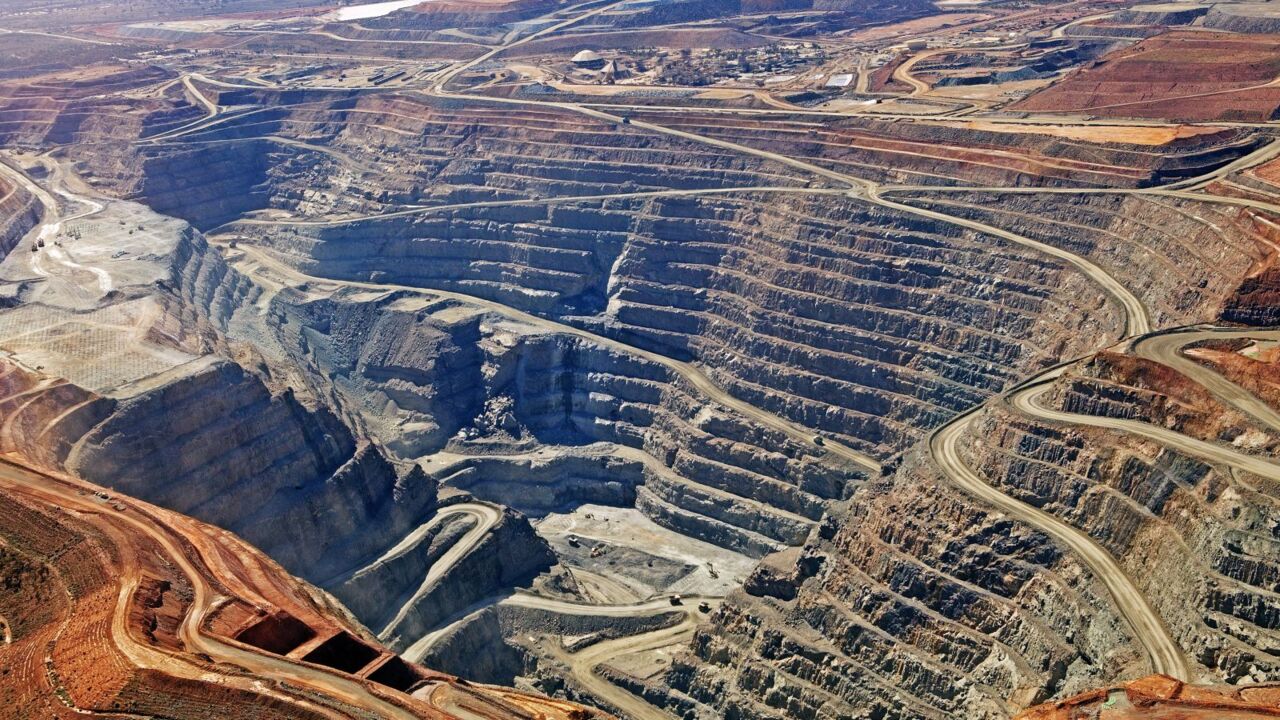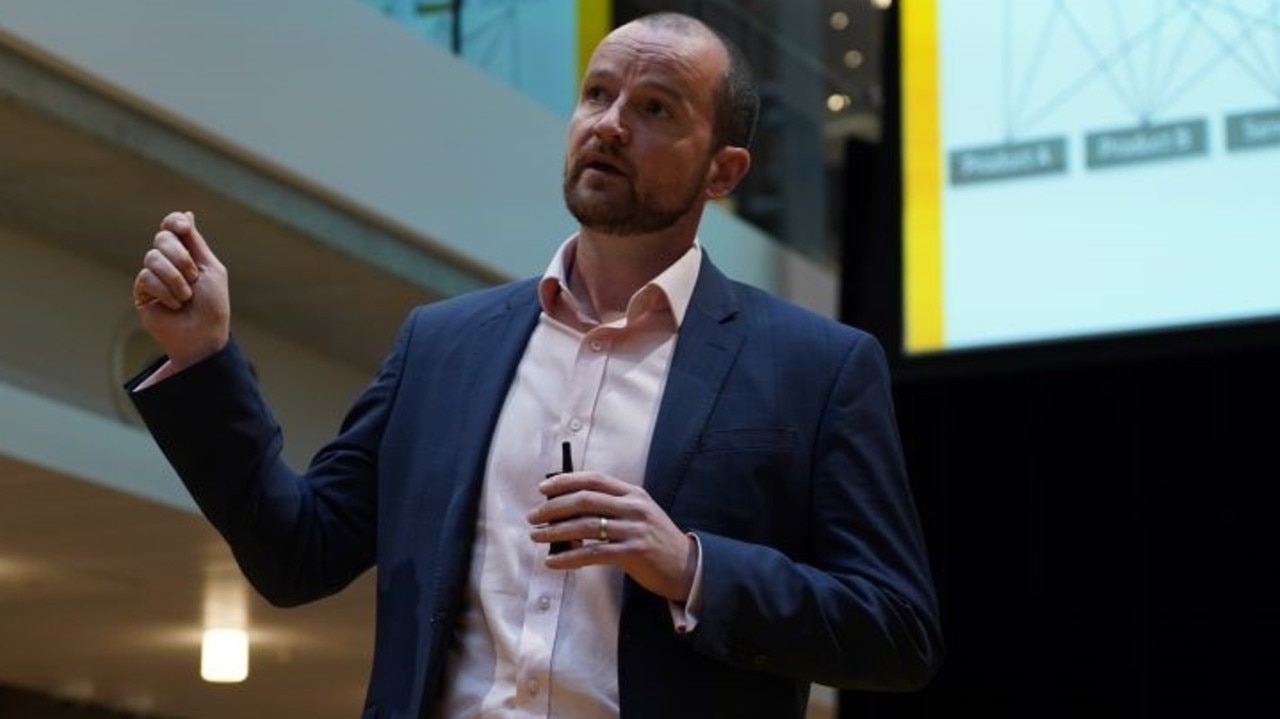BHP’s annual production figures suggest big results at its two main profit drivers, iron ore and copper
BHP has made good on its boast of being the best mining operator in the business, posting strong production gains in iron ore and copper.

BHP made the most of strong pricing for its iron ore and copper through the previous financial year, raising hopes for a bumper result when the company delivers its annual financial statements in August.
The company’s Pilbara operations shipped a record 287.7 million tonnes of iron ore for the full financial year, with its average received prices up 9 per cent to $US101.04 per tonne for the full year.
Copper output lifted 9 per cent to 1.87 million tonnes after BHP closed the acquisition of OZ Minerals, as copper prices surged to an average of $US3.98 per pound — also a 9 per cent improvement on the previous financial year.
BHP chief executive officer Mike Henry said the company had hit a number of production records in the June quarter, as the company finished the fiscal year in a rush, with the company still looking ahead for growth options.
“We continued to execute against our strategy, progressing growth options in the commodities the world needs to meet the demands of the energy transition and population growth,” he said.
“This includes our Jansen potash mine in Canada, where construction of Stage 1 is now more than 50 per cent complete and Stage 2 is underway. We will see first production in 2026 and will be a major global producer of potash by the end of the decade.”
And, importantly for BHP’s bottom line, the company said average production costs fell within guidance across its global operations, despite the inflationary pressures being felt across the entire mining industry.
BHP’s full year headline results will be undermined by the massive writedowns taken at its half-year results — including a $US3.1bn writedown related to its Samarco operations in Brazil, and a $US3.5bn impairment of its WA nickel operations.
BHP flagged another $US300m impairment at its Australian nickel business on Tuesday, after last week announcing plans to mothball the business until at least 2027.
But the strong pricing and production results from BHP’s biggest earning divisions bode well for its underlying results, with full year shareholder returns also likely to be boosted by the $US1bn sale of its Daunia and Blackwater mines to Whitehaven Coal.

BHP’s copper operations delivered underlying half-year earnings before interest, tax, depreciation and amortisation of $US3.47bn, with iron ore booking underlying EBITDA of $US9.67bn.
Wet weather in Queensland had forced a cut in BHP’s coking coal guidance earlier this year, but BHP said on Wednesday its mines had produced 44.6 million tonnes of metallurgical coal for the year — towards the top end of its revised guidance range of 43 to 45 million tonnes.
Pricing for BHP’s best quality metallurgical coal was in line with the previous financial year, at an average of $US273 per tonne, but the price of lower quality coal fell 18 per cent on average to $US205.54.
BHP beat its 13 to 15 million tonne guidance at its Mt Arthur thermal coal mine in NSW, its only remaining energy coal operation, producing 15.4 million tonnes. Pricing was dramatically lower after records fell the previous year, at $US121.52 per tonne — about half of its value in the 2023 financial year.
The company flagged another strong year ahead, with the company flagging it could cross the 2 million tonne production mark for the current financial year as it moves into higher grade areas at its giant Escondida copper mine in Chile. Breaking this mark would represent a lift of about 10 per cent on current output levels.
BHP also says it plans to produce 282 to 294 million tonnes of Pilbara iron ore in the current fiscal year, after the company’s newest mine — South Flank — hit its 80 million tonne per year nameplate capacity.
While BHP says it is still working towards its medium-term goal of shipping 305 million tonnes per year from the Pilbara, work to de-bottleneck its rail operations means production is likely to be steady in the current fiscal year.
BHP’s Pilbara operations shipped 287.7 million tonnes for the full financial year, and produced 287 million tonnes.
BHP shares were down 0.6 per cent to $42.82 per share at 3.50pm AEST.
More Coverage
Originally published as BHP’s annual production figures suggest big results at its two main profit drivers, iron ore and copper





